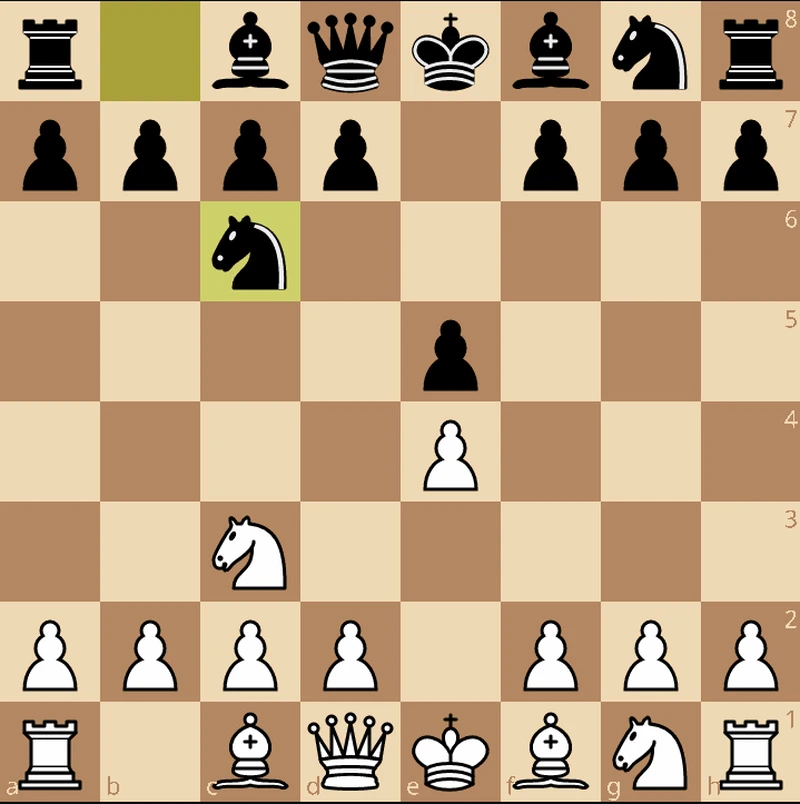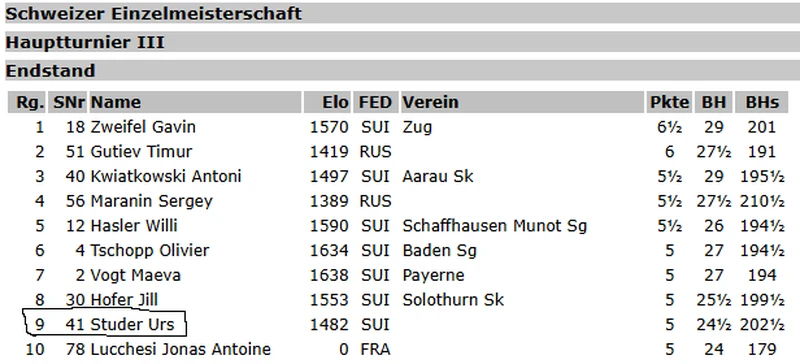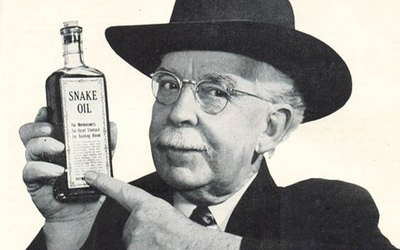
Created with Canva
The Simple Path to 1500: Lessons From My Dad’s Chess Journey
When I started, chess improvement was simpler—not just for kids like me but for adult improvers too.Take my Dad, for example. He taught me the rules but never studied the game himself. Because he accompanied me to tournaments, he decided to play in them too. Despite putting minimal effort into training, he reached a 1531 national rating (now 1677 FIDE after the rating bump).
This is higher than many adult improvers who invest dozens of hours weekly in their chess.
So, how did he do it? And why does it seem so hard to achieve nowadays?
Few Things Really Matter
One of my favorite stories is when my Dad played 1.e4 e5 2.Nc3 Nc6 for a few games and wondered why his beloved Scotch Opening didn’t work in this move order. That summed up his "opening theory."

d2-d4 doesn’t work because my Dad moved the wrong Knight on move 2...
He could have easily messed up a theoretical endgame because he didn’t know what to do. And if you’d asked him for common opening plans, his response would’ve been, “Just develop the pieces.”
He wasn’t a sophisticated chess player. But that’s the point: you don’t need to be one to break through 1500, or even 2000 online.
Focus on the Basics
What my Dad was decently good at was spotting hanging pieces and avoiding blunders. He knew a few tactical motifs—Forks, Pins, Double Attacks—and understood they were key.
Beyond tactics, he grasped some fundamental strategic principles. I often reminded him of these simple rules:
- Play with all your pieces.
- Capture free stuff.
- Trade if you’re up material.
- Complicate if you’re down material.
- Check for blunders before moving.
This straightforward approach also allowed him to return to chess after prolonged breaks. He didn’t play a single game in 2014 and 2015. Then, at the 2016 Swiss Championship, he won a category prize by scoring 5/7 in his section.

The Complexity Trap
Nowadays, I meet many adult improvers who:
- Spend far more time on chess than my Dad did.
- Are equally successful in other areas of life.
- Yet achieve far worse results.
I recently received a rare money-back request from a student in Beginner Chess Mastery. They felt the course needed more material to help them progress from 800 to 1200. This reflects a common misconception: more doesn’t mean better. My Dad, who is still occasionally playing online, could easily benefit from BCM because even its "simple" content far exceeds what he ever learned.
The complexity trap leads many adult improvers to believe they need advanced theory to succeed. But as my Dad’s journey shows, the opposite is often true: simplicity wins.
With endless resources—books, courses, videos—it’s easy to fall into the trap of trying to study everything. But this overwhelm doesn’t stop at training; it follows you to the board.
My Dad didn’t know (and didn’t care about) advanced positional ideas, intricate GM strategies, or deep opening theory. Nowadays it seems you can’t get along without having a GM repertoire. But that’s total nonsense. Not having sophisticated knowledge was a superpower for my Dad.
For him, chess was simple:
- Play with all your pieces.
- Capture free stuff.
- Trade if you’re up material.
- Complicate if you’re down material.
- Check for blunders before moving.
Sure, he missed opportunities by oversimplifying, but he avoided critical mistakes and conserved energy for what mattered most.
Meanwhile, many modern improvers overthink. They focus on abstract plans or weaknesses and miss simple tactics. As one of my students recently said: “I don’t care about losing pawns if the move doesn’t do much else.” This is a clear sign of overcomplicating things.
Simplify Your Chess Journey
To improve like my Dad, you need to simplify both your training and your thinking at the board. Here’s how:
Reduce Inputs
- Stick to one trusted source for advice.
- Avoid blindly following engine suggestions—especially moves you don’t understand.
- Focus on no more than three areas at a time, and digest what you study.
Simplify Your Thinking
At the board, rely on these principles:
- Play with all your pieces.
- Capture free stuff.
- Trade if you’re up material.
- Complicate if you’re down material.
- Check for blunders before moving.
Conclusion: Back to Basics
Chess improvement doesn’t have to be as overwhelming as it seems. My Dad’s journey shows that focusing on the basics—spotting tactics, avoiding blunders, and applying simple principles—can take you farther than obsessing over advanced strategies.
So, the next time you feel overwhelmed, remember: it’s not about doing more; it’s about doing less, better. Simplify, focus, and watch your chess improve.
Keep improving, Noël
PS: This article was originally published on my Blog. Click here to read more chess improvement advice over there.
Want to learn more Chess from a Grandmaster?
- Sign up for my free Newsletter so you get articles just like this one every Friday in your inbox.
- Learn how to train well with my free eBook. You can download your free digital copy here.
You may also like
 CM HGabor
CM HGaborHow titled players lie to you
This post is a word of warning for the average club player. As the chess world is becoming increasin… GM NoelStuder
GM NoelStuderFrom Thinking to Doing: Your most important move
I’ve committed to running my first Half-Marathon in 2025. GM NoelStuder
GM NoelStuderWhy You Shouldn't Train Like Grandmasters
You might have heard that you should be training differently from a Grandmaster. But why is that? GM NoelStuder
GM NoelStuderWhy Bother? What Running Taught Me About Improving at Chess (and Life)
A question that comes up a lot whenever one tries to improve a new skill is: Why? GM NoelStuder
GM NoelStuder99% Make This Game Analysis Mistake
Most chess player's game analysis, if they do it at all, looks somewhat like this: GM NoelStuder
GM NoelStuder